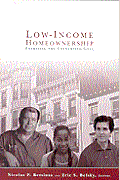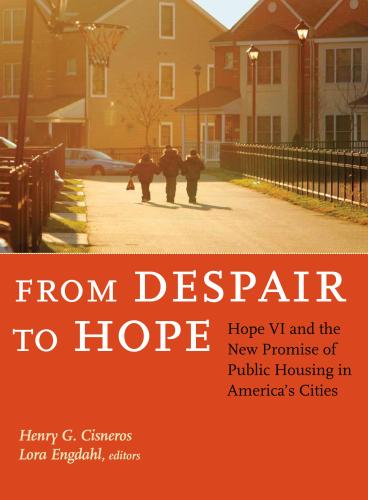As the nation grapples with the growing gap between rich and poor and an economy increasingly reliant on formal education, public policies should address housing market regulations that prohibit all but the very affluent from enrolling their children in high-scoring public schools in order to promote individual social mobility and broader economic security.
View our interactive feature to find data on test scores, housing, and income »
Go to the profiles page for detailed statistics on your metropolitan area »
An analysis of national and metropolitan data on public school populations and state standardized test scores for 84,077 schools in 2010 and 2011 reveals that:
Nationwide, the average low-income student attends a school that scores at the 42nd percentile on state exams, while the average middle/high-income student attends a school that scores at the 61st percentile on state exams. This school test-score gap is even wider between black and Latino students and white students. There is increasingly strong evidence—from this report and other studies—that low-income students benefit from attending higher-scoring schools.
Northeastern metro areas with relatively high levels of economic segregation exhibit the highest school test-score gaps between low-income students and other students. Controlling for regional factors such as size, income inequality, and racial/ethnic diversity associated with school test-score gaps, Southern metro areas such as Washington and Raleigh, and Western metros like Portland and Seattle, stand out for having smaller-than-expected test score gaps between schools attended by low-income and middle/high-income students.
Across the 100 largest metropolitan areas, housing costs an average of 2.4 times as much, or nearly $11,000 more per year, near a high-scoring public school than near a low-scoring public school. This housing cost gap reflects that home values are $205,000 higher on average in the neighborhoods of high-scoring versus low-scoring schools. Near high-scoring schools, typical homes have 1.5 additional rooms and the share of housing units that are rented is roughly 30 percentage points lower than in neighborhoods near low-scoring schools.
Large metro areas with the least restrictive zoning have housing cost gaps that are 40 to 63 percentage points lower than metro areas with the most exclusionary zoning. Eliminating exclusionary zoning in a metro area would, by reducing its housing cost gap, lower its school test-score gap by an estimated 4 to 7 percentiles—a significant share of the observed gap between schools serving the average low-income versus middle/higher-income student. As the nation grapples with the growing gap between rich and poor and an economy increasingly reliant on formal education, public policies should address housing market regulations that prohibit all but the very affluent from enrolling their children in high-scoring public schools in order to promote individual social mobility and broader economic security.
The Brookings Institution is committed to quality, independence, and impact.
We are supported by a diverse array of funders. In line with our values and policies, each Brookings publication represents the sole views of its author(s).










